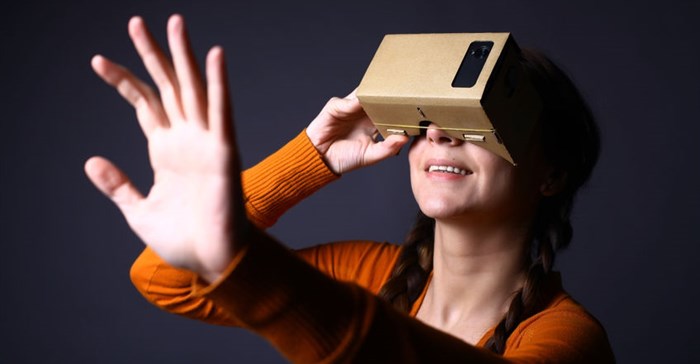
Top stories


Marketing & MediaCammy Msimango on finding her footing in South Africa’s fast-moving digital newsroom
Esther Tomorrow, MDNTV 21 hours




More news




“Although it will still take some time for VR to become available to the majority of consumers, the advancement in the technology through hardware development and computing power has made the integration of VR into real estate business far more possible,” says Adrian Goslett, regional director and CEO of RE/MAX of Southern Africa.
How does virtual reality differ from augmented reality? While augmented reality provides an additional layer of 3D content to the user’s actual surroundings, VR fully submerges the user into a simulated environment. Wearing a headset, the user is transported into another place offering them a 360 degree view of their simulated surroundings.
“In terms of real estate application, it will allow potential buyers to take 360 degree virtual tours of homes for sale all over the country without having to travel. The buyer will be able to virtually tour multiple properties from the comfort of their own home in a matter of minutes. This will reduce the stress of relocating to a new city or even a new country,” says Goslett. “The process will allow potential buyers to check through several homes and quickly narrow down the field to a few choice homes that they would like to take a second look at in person.”
According to Goslett, virtual reality could be an excellent tool for developers. “Developers will be able to give potential buyers a virtual tour of an architectural rendering of a property before it has been constructed. The buyer will be able to view an off-plan property and get an idea of the space and how it works before ground has been broken and building has started,” says Goslett.
While most people have heard of virtual reality, very few have had the privilege of actually experiencing it first-hand. Although the technology is there, it will still be a while before we see everyone shopping for their homes in VR. “However, that said, there are already elements of VR that are accessible to the general public and already being used within the real estate sector, such as Google Street View which allows the user to visit city and suburb streets that they have never actually set foot on. There is also Google Cardboard, which is an inexpensive devise that allows people to experience a VR simulation by merely inserting their phone into a cardboard casing.”
According to technology commentators, developments are under way to introduce haptic or kinaesthetic communication to virtual reality. Using forces and sensations the technology will replicate the sense of touch and allow users to see their hands in the virtual world. The user will be able to open doors and cupboards, interacting with their virtual surroundings when viewing a property. Further developments are also being made to introduce the other senses into the VR world such as smell and taste. The buyer will be able to smell the freshly brewed coffee or baking cookies during the virtual home tour. These introductions can be used to simulate the same emotional response in buyers as they would if used in home staging during a show day.
“Even with the advancement in technology and possible application, it remains to be seen whether the virtual world will ever truly rival the actual experience of shopping for a home in person,” Goslett concludes.